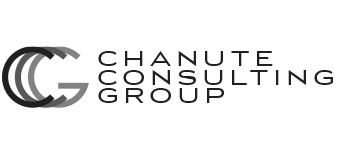CCG helps create the Electric Aviation industry
Over the last 6 months, CCG has been working with Yuneec to form GreenWing International (GWI), a company dedicated to bringing Yuneec’s electric aviation projects to market. Acting as a temporary member of the executive team, and serving in roles spanning COO and GM responsibilities, Eric Bartsch of CCG has helped create the new business in this emerging and highly-innovative industry.
The recent AirVenture show provided a platform to announce the formation of the new company and to launch its first product, the single-seat eSpyder, into the market. The customer and media interest in the program has been overwhelming and CCG is excited to have played a role in the formation of the electric aviation industry.
GreenWing website: www.greenwing.aero
AOPA magazine: http://www.aopa.org/News-and-Video/All-News/2013/June/27/electric-aircraft-poised-to-reach-market.aspx
Wired magazine: http://www.wired.com/autopia/2013/08/electric-airplane-for-sale/


